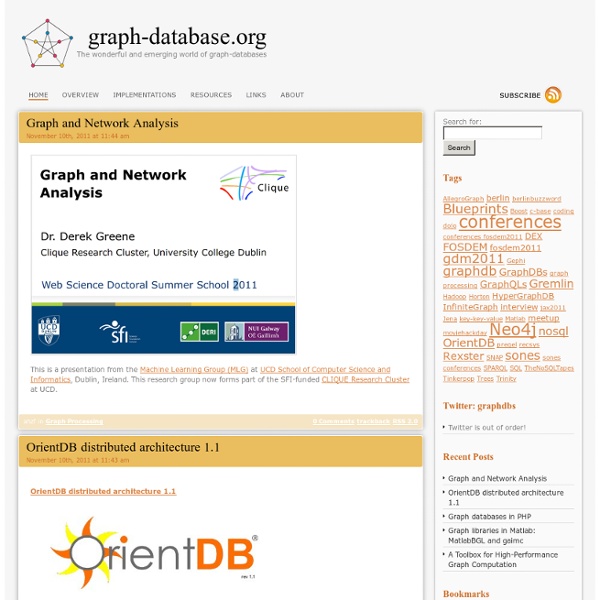



Raphaël—JavaScript Library Junk Charts This post is part 2 of an appreciation of the chart project by Google Newslab, advised by Alberto Cairo, on the gender and racial diversity of the newsroom. Part 1 can be read here. In the previous discussion, I left out the following scatter bubble plot. This plot is available in two versions, one for gender and one for race. The story appears to be a happy one: in many newsrooms, the leadership roughly reflects the staff in terms of gender distribution (even though both parts of the whole compare disfavorably to the gender ratio in the neighborhoods, as we saw in the previous post.) Unfortunately, there are a few execution problems with this scatter plot. First, take a look at the vertical axis labels on the right side. I find this decision confounding. The horizontal axis? Here is the same chart with improved axis labels: Re-labeling serves up a new issue. The solution, as shown below, is to shift the vertical gridlines by 5% so that the 45-degree line bisects every grid cell it touches.
Amazon Kindle Keyboard Shortcuts A list of Keyboard Shortcuts for the Amazon Kindle. [edit] Keyboard Shortcuts Note on syntax: Keys separated by "+" should be held. [edit] Global Keys Alt+G refresh screen (anti-ghosting) Alt+Shift+R reboot Kindle Alt+Shift+. restart GUI and show your Serial Number with Bar code Alt+Shift+G screenshot An SD card is required to store screenshots; they are saved in .GIF format in the card's root. [edit] Home Page Alt+Shift+M Minesweeper game (and GoMoku in Kindle3 by pressing G in Minesweeper) Alt+Z rescan picture directories Alt+T show time (does not work in Kindle 3 but you can hit Menu button to see time) Number Keys flip to entered book list page (e.g. entering 1-0 will take you to page 10) Alt+Home Open Amazon Store [edit] Reader Alt+B toggle bookmark Alt+T spell out time (does not work in Kindle 3 but you can hit Menu button to see time) Alt+0 (zero) enable/disable slideshow (note that this will also work with text. [edit] Settings Page [edit] Font List [edit] Picture Viewer